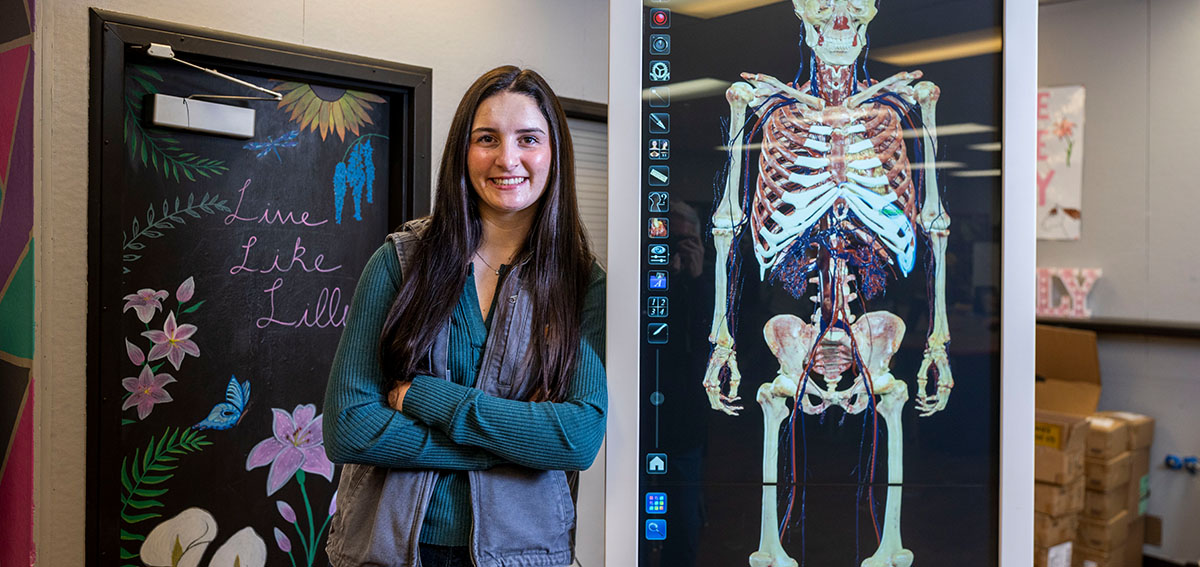Robust pipeline programs are key to successful recruitment and development of a skilled workforce. Yet health and social service organizations today are finding that they cannot rely solely on recruitment methods of the past; they must think outside the box and connect with the local community to be most effective.
At the September 2023 partner meeting of the California Improvement Network, a panel of CIN partners shared their strategies to recruit, train, and advance a highly skilled and diverse workforce for their health and social service programs. The success of each strategy hinged on the integration of community voices and the cultivation of community partnerships. Below are central themes from these strategies that can be replicated by other organizations.

1. Recruit non-traditional candidates and those with relevant lived experience.
- Al Rowlett of Turning Point Community Programs (TPCP) spoke about their organization’s “barbers, baristas and bartenders” program, which creates pathways for these workers into behavioral health. Such professionals typically have skills in providing psychological safety and emotional intelligence that are transferrable to behavioral health care, as well as long-standing ties to the community.
- Nancy Wongvipat Kalev explained how Health Net’s Parent Leadership Training Institute (PLTI) recruits parents and caregivers to participate in a 12-week positive parenting program and receive training on civic engagement and leadership. The program opens up pathways for those who have transferrable skills and would like to further engage in programs that require lived experience such as enhanced care management and peer support specialist roles.
2. Leverage community partnerships to develop career pathways. Chris Myers at United Indian Health Services, Inc. (UIHS) shared how their collaborations with the California Rural Indian Health Board (CRIHB) and the College of the Redwoods help them recruit and train their workforce.
- The partnership with CRIHB enables UIHS to remove the medical assistant certification requirement for applicants and provide certification to those already employed at UIHS. With financial support from CRIHB, UIHS can recruit people with identities underrepresented in the health care workforce who may not have the resources to be independently certified and provide them with on-the-job training and certification.
- Through partnership with the College of the Redwoods, UIHS serves as a training site for college students interested in medical assistantship, which gives students exposure to the field and the UIHS workplace. Because the College of the Redwoods is a predominant local educational institution, students typically have deep community roots, helping UIHS to diversify their workforce to better reflect the local demographics of patients.
3. Improve retention by investing in employee advancement. TPCP solicited input from the community and from their employees to arrive at these retention strategies:
- Make employee salaries transparent and offer clear career development lattices so that employees know how they can advance at the organization.
- Invest in employees by supporting continued education and matriculation.
- Focus on workplace diversity, equity, and inclusion efforts and incorporation of community voices by drawing input from local leaders and employee representatives (such as convening a community advisory board or DEI advisory board).
Career pathway programs in health care and social services require inspired thinking and strong community partnerships to bear fruit. Nurturing workforce development programs demonstrates good-faith efforts by organizations in the community and ensures that they attract emerging local talent.
For more information on these programs, watch the recording of the entire panel and the Q&A in the video below.
See additional workforce strategies in Strategies for Recruiting and Nurturing a Thriving Health Workforce.
The webinar on which this article is based was hosted by the California Improvement Network, which is a project of the California Health Care Foundation and managed by Healthforce Center at UCSF.





